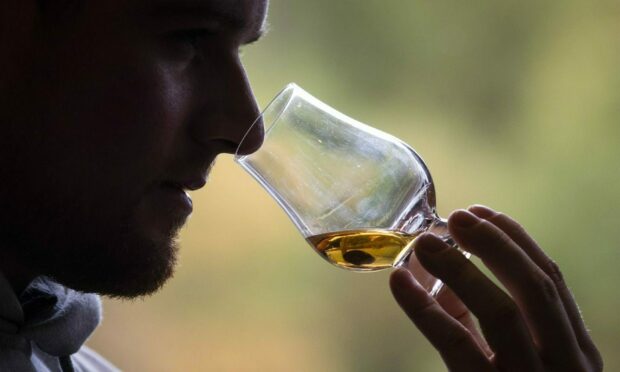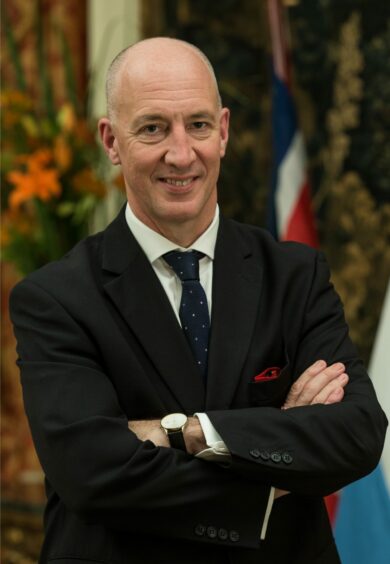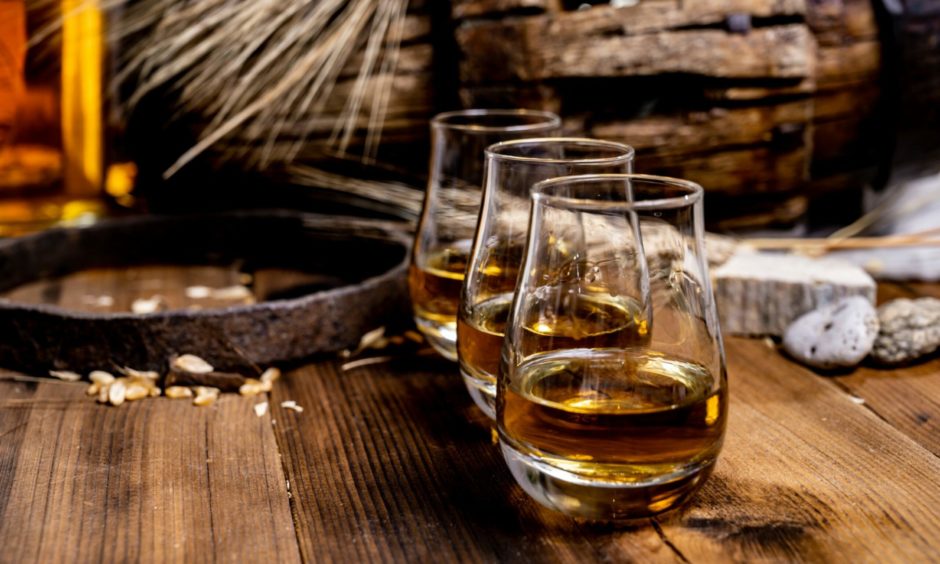A cut in basic customs duty (BCD) on sales of whisky to India could deliver a 1,300 jobs boost and £1.2 billion more in exports, according to the Scottish industry’s trade body.
The Scotch Whisky Association (SWA) is calling for a reduction in the current eye-watering 150% BCD on Scotch whisky to India, although even this is already a substantial drop on the previous 300% tariff.
India visit set against Boris Johnson’s ‘partygate’ issues
SWA’s estimate follows hot on the heels of Prime Minister Boris Johnson’s visit to India last week, which despite being overshadowed by his “partygate” woes, focused on a variety of topics aimed at securing a free trade agreement FTA.
SWA chief executive Mark Kent said: “The UK-India trade talks offer a golden opportunity to reach an ambitious tariff reduction that could grow Scotch whisky exports to India by £1bn over five years.
“Tackling the tariff and state level regulatory issues would open the market up to smaller producers who are effectively locked out by the substantial barriers to trade.
“Improved market access for Scotch would enable an increasing number of Indian consumers to enjoy our premium product.
“It would be good for Scotland, increasing jobs and investment – and the Indian government by increasing tax revenues.”
India is Scotch whisky’s second largest export market by volume, with the equivalent of more than 131 million bottles shipped to the country in 2019.
India is largest whisky market in the world
The volume of Scotch whisky exports to India has grown by more than 200% in the past decade alone.
India is the largest whisky market in the world but Scotch has just a 2% share.
SWA insists a tariff cut would result in “many more Scotch whisky companies” gaining access to the Indian market.
If the tariff were reduced and exports rose, India would overtake France as the Scotch industry’s second largest market by value worldwide, after only the US.
SWA added: “Boosting access to the Indian market would secure jobs and investment in the industry across Scotland into the future.
“The industry’s contribution to the economy would rise by more than £300 million to nearly £6bn.
“Higher exports mean higher production – there would be a significant impact into our supply chain too, in Scotland and across the UK, also growing jobs and investment.”
Bringing down tariffs would also support domestic producers
SWA said bringing down the tariffs would also support Indian producers, reducing their costs and boosting employment.
This is because much of the whisky exported to India is sent in bulk – some for bottling as Scotch but most for use in Indian whisky.
SWA said it welcomed the potential for a trade deal between the UK and India, which would provide the opportunity to “truly transform the Scotch whisky sector, given the scale of the Indian market”.
It added: “The liberalisation of the BCD must be the priority for any interim agreement as this represents the greatest opportunity for the sector.
“This must then be supported by measures which overcome these significant market barriers and ensure the transformational potential of the talks can be fully realised in a UK-India agreement.”
Exports rose 19% in 2021 to £4.51bn
Global exports of Scotch grew to £4.51bn during 2021, as the industry continued to recover from the impact of the Covid pandemic and US tariffs, according to SWA figures from February.
In 2021 the value of Scotch exports was up 19% by value, to £4.51bn. The number of standard 70cl bottles exported also grew, by 21% to the equivalent of 1.38bn.
Global growth was driven in particular by consumers in Asia Pacific and Latin America, with value increases of 21% and 71% in these territories respectively.
Key emerging markets for Scotch – such as India, Brazil, and China – grew strongly.
Exports grew by 8% in the US, the industry largest market by value, despite the first quarter of 2021 being impacted by the 25% tariff on single malts.
Exports to the EU grew by 8% in the first year since the UK finally left the bloc.
Despite the return to global growth in 2021, the value of Scotch exports did not recover to pre-pandemic levels, with exports remaining 8% lower than in 2019.
William Grant to consult on Portgordon warehouse plan
Meanwhile, William Grant & Sons says it will consult the local community after acquiring land near Portgordon for additional warehousing.
The new facilities are needed to support the growth of brands including Monkey Shoulder, Glenfiddich and The Balvenie.
The land is close to a renewable energy plant owned by a subsidiary of William Grant.
It borders a maltings site, one of the suppliers to William Grant’s operations in Dufftown, which include the distilleries for The Balvenie, Glenfiddich and Kininvie.
A spokesman for William Grant said: “In order to keep up with global demand for our brands, we need to expand our operations.
“Building on our historic roots in Dufftown is important to us, and we want to continue to invest locally to ensure the economic benefits of the growth plan will stay within Moray.”
He added: “We will be working in close partnership and consultation with Moray Council and the local community.
“We want to ensure they are properly informed of our plans and timelines, and they have an opportunity to discuss any concerns.”














Conversation